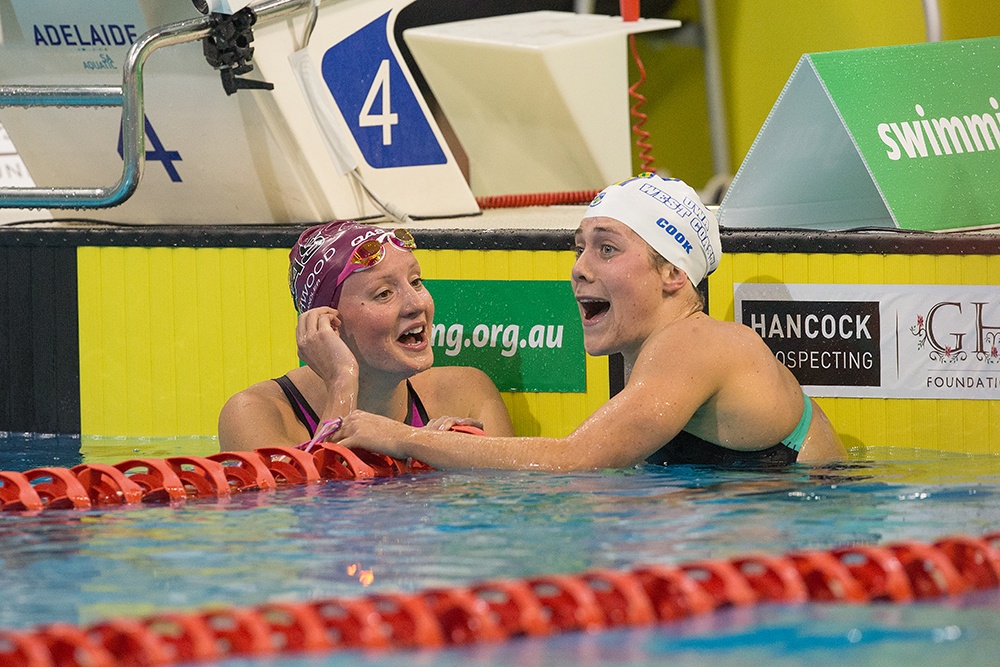After the 2012 Olympics Swimming Australia was forced to take a long hard look in the mirror. It was their worst showing in the pool since 1992 and the team’s behaviour outside of the water was an embarrassment.
Some swimmers were found to be abusing Stilnox and there was a lack of respect for one another. What may have been even more disturbing is that some of the staff seemed to turn a blind eye to this conduct.
The behaviour was described in one government report as;
“Poor behavior and disrespect within the team were not regulated or resisted strongly by other team members, and it was left unchecked or without consequence by staff and coaches on a number of occasions.”
“Some individual incidents of unkindness, peer intimidation, hazing and just ‘bad form’ as a team member that were escalated to personal coaches were not addressed and had no further consequence.”
Swimming Australia made sweeping changes after a through review of the program, one of the biggest was hiring a new National Team Head Coach. In October of 2013 Jacco Verhaeren took over the position. Verhaeren’s most important task was to change the environment on the national team, something that he has been able to accomplish during the two and half years on the job.
Any controversy surrounding athletes’ behaviour has been squashed and there have been many swimmers that have come out praising the atmosphere that has been developed.
SwimSwam had a chance to speak with Verhaeren before the Australian National Championships in April to discuss how he has been able to change the environment on the national team so significantly.
When asked to describe the atmosphere on the national team Verhaeren focused on the maturity and professionalism of the athletes, “I would describe it as a very mature environment,” said Verhaeren.
He feels one of the reasons for this is that the organization treats them as professionals, “They are all in some sort of way professional athletes. Overall what we see on the national team is that we treat everyone the same and give them all the opportunities they need. Setting up professional training camps, professional staging camps and dealing with them as professionals.”
Swimming Australia and the national team coaching staff have also worked hard to empower the athletes, “We have moved away from setting up too many rules with these teams. I really feel that it is my vision that an elite athlete doesn’t need too many rules. So we work more on values. How do we want to present ourselves as a team? What do we want to be rather than me telling them what to do.”
“We put it back on the athletes and ask them what do you think? How do you want it organized? Because at the end of the day it is not about me, it is not about all of the coaches and staff members it is really about the athletes. Making sure that they feel comfortable on the team and making sure that they get everything that they need.”
For a strategy of empowerment to be successful there needs to be strong leadership something that the Australian national team now has, “A very important part of the process is the athlete leadership group we have on the team. They are making a lot of the decisions that used to be made by the staff and management.”
“It is nice they (the athlete leadership group) are chosen by the team, not by us. The group decides whom they want to be represented by. I must say that I am impressed with the way that these athlete leaders have developed themselves, but also the impact and influence they have on the group and how well it works.”
“It is not rocket science. Any group that can make their own decisions, set their own values always functions better than any other way.”
Currently the athlete leadership group is made up of Cate Campbell, Bronte Campbell, Thomas Fraser-Holmes, Matt Abood, Sally Hunter and Bronte Barratt.
One of the biggest challenges for any national team is combing several people from differing backgrounds with potentially only one thing in common; fast swimming. Verhaeren feels the biggest reason that the team has been able to work together so effectively is that everyone agrees on their core values and that once a decision is made everyone supports it.
“Of course having 40-45 athletes and about 30 staff together, travelling with approximately 70 people together you have different opinions. Having different opinions about whatever it is that is not a problem as long as you can stand back and say these are what our core values are and this is the way work. If we make a decision we make a decision, but we consult with a lot of people before we make a decision and then we go for it. So far so good it has worked out well on the team.”
The change in the environment on national team has appeared to have a significant impact on their results. At the 2013 World Championships the Australians finished with three gold and 10 silver placing fourth in the medal standings. At the 2015 World Championships they earned seven gold, three silver and six bronze placing second in the medal standings.
With the recent results at their championships in April combined with having developed a positive and cohesive environment they appear to be primed for a great team performance in Rio.
